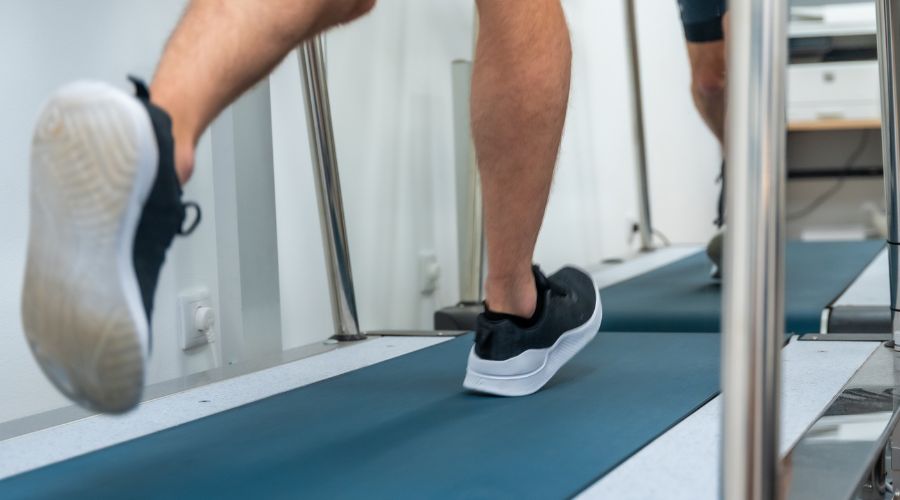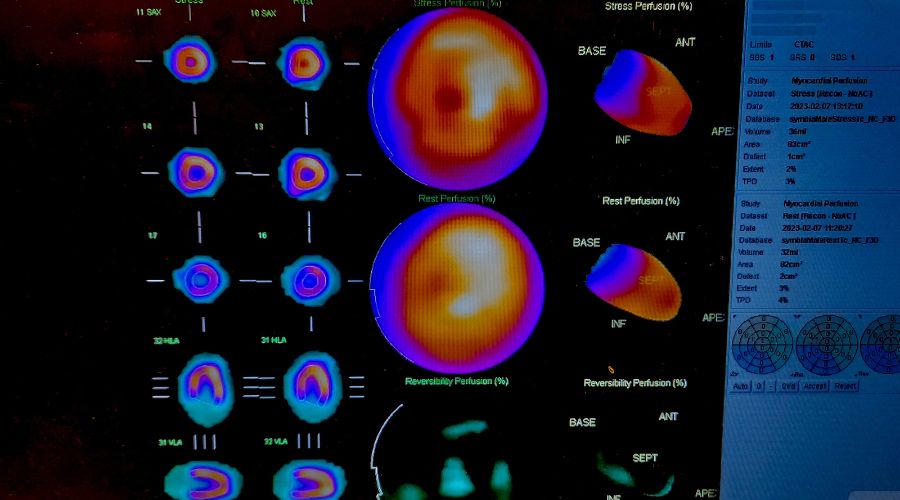Nuclear Stress Testing
We have all likely heard of a stress test – it is a staple for stratifying cardiovascular risk and a base level diagnostic tool as patients get older. However, when we need to use advanced diagnostic modalities to understand de novo or worsening chest pain, whether a particular treatment is working or following up on recovery after a heart attack, we may employ a nuclear stress test. In addition to the heartbeat and blood pressure measurements of a regular stress test, we can also visualize blood flow to the heart.


